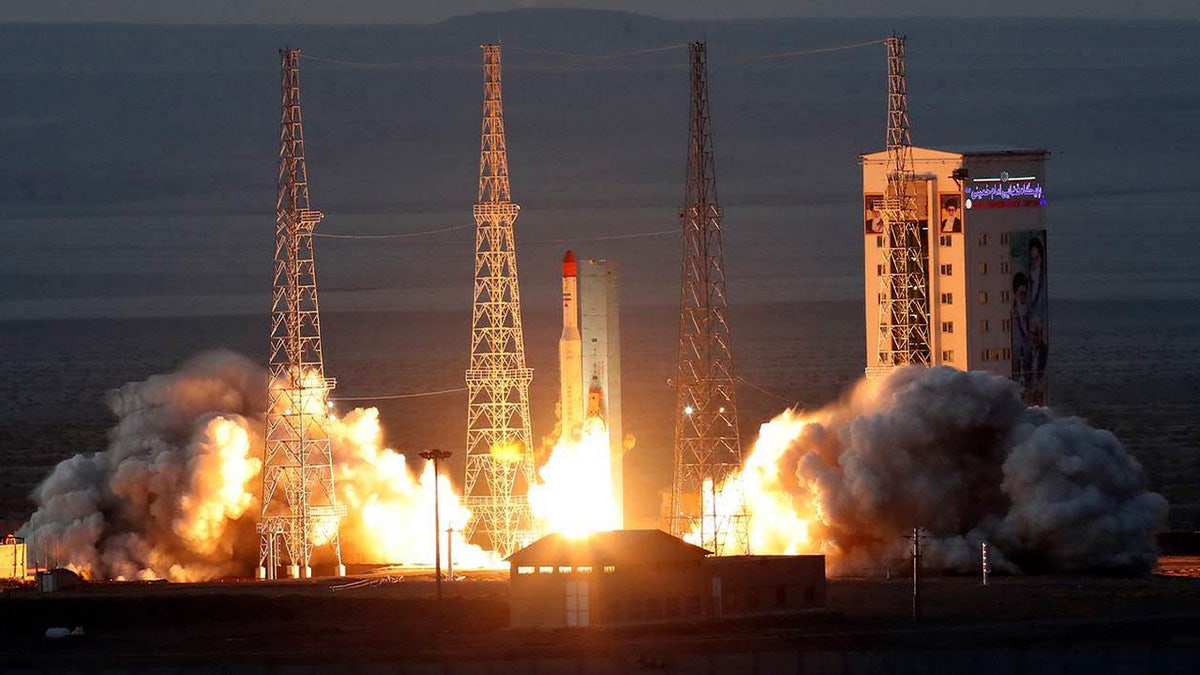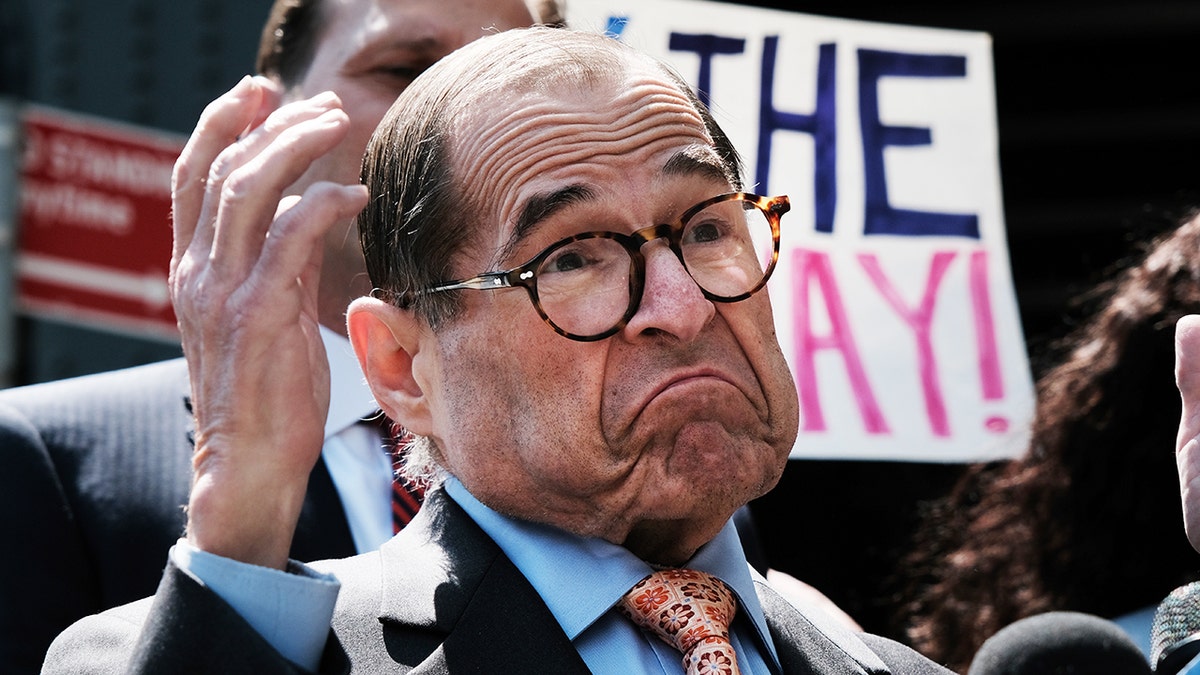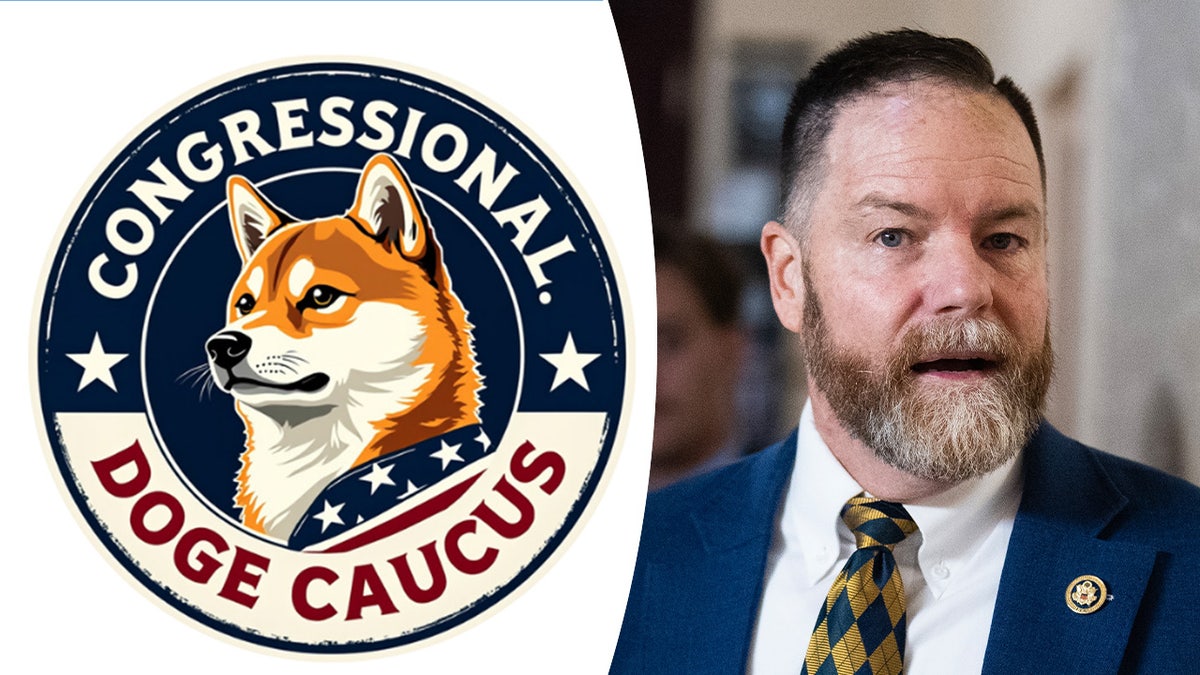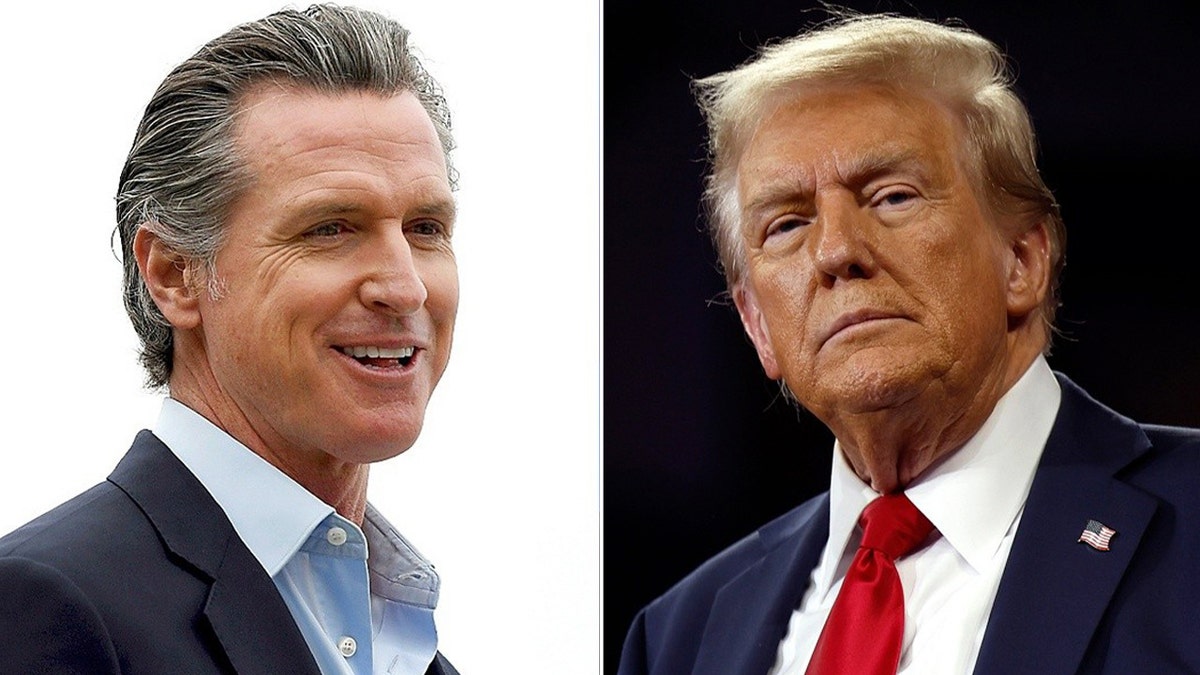American beekeepers are grappling with the second-highest honeybee colony loss rate ever recorded, according to a recent survey by the University of Maryland and Auburn University. The survey, which concluded on April 1st, revealed a staggering 48% loss of managed colonies over the past year. Despite these significant losses, the overall number of honeybee colonies in the United States has remained relatively stable due to the tireless efforts of beekeepers who are continually replenishing their hives.
Honeybees play a vital role in our food system, pollinating over 100 crops, including nuts, fruits, and vegetables. The decline in honeybee populations is attributed to a multitude of factors, such as parasites, pesticides, limited food sources, and the changing climate. While the 48% loss is alarming, it is slightly lower than the record 50.8% loss recorded in 2020-2021, but still significantly higher than the 12-year average loss of 39.6%.
Experts emphasize the critical role beekeepers play in maintaining the honeybee population. They work tirelessly to rebuild their colonies each year by splitting hives, acquiring new queens, or purchasing starter packs. This process is both costly and labor-intensive, highlighting the dedication of beekeepers in the face of ongoing challenges.
Although the situation is concerning, researchers point out that the outlook is more optimistic than it was 15 years ago. Beekeepers have developed strategies to recover from substantial losses. While the situation is not improving drastically, it is also not worsening to the point of a "bee apocalypse."
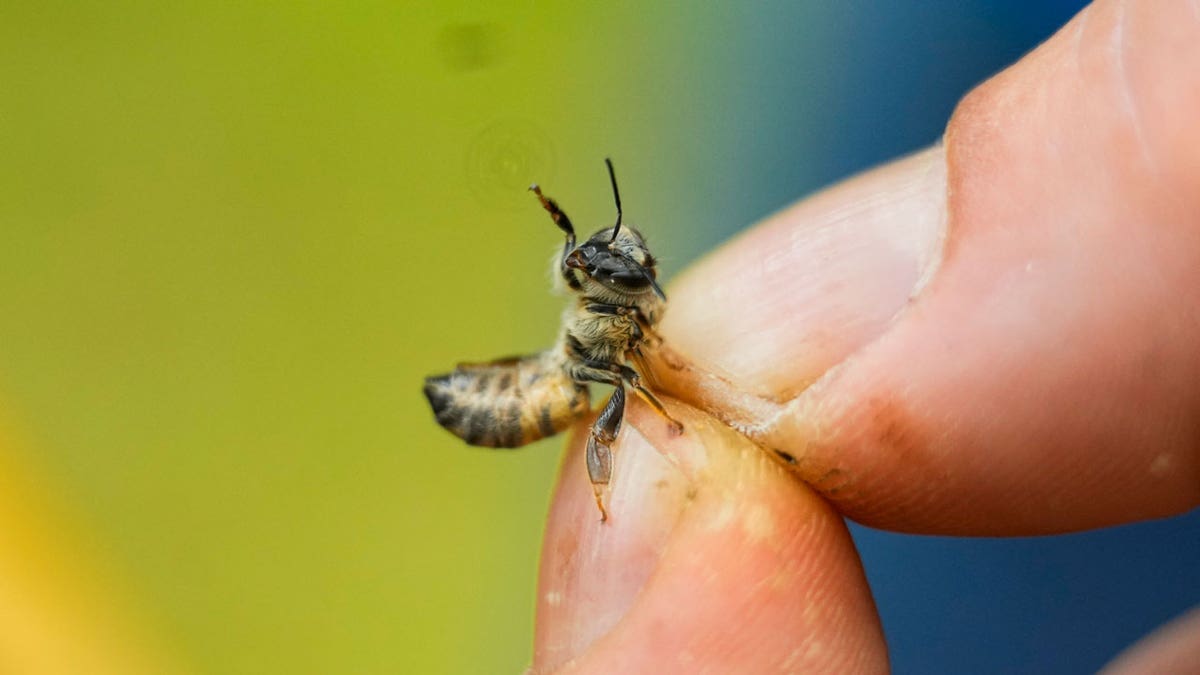
The Varroa destructor mite, a parasite that transmits viruses, is identified as a primary contributor to honeybee colony decline. The mite weakens bees, making them more susceptible to diseases and less likely to forage for food. Other contributing factors include unfavorable weather conditions, issues with queen bees, and the use of pesticides.
Another challenge facing honeybees is the increasing prevalence of monoculture landscapes, which offer limited food diversity. Pesticides and extreme weather events further exacerbate the problem, disrupting bee behavior and survival. For instance, unseasonably warm weather followed by a sudden drop in temperature can disrupt the bees' wintering patterns, leading to further losses.
Despite these challenges, the demand for pollination services from commercial bee colonies continues to rise. The USDA estimates that 35% of the human diet relies on insect-pollinated plants, with honeybees responsible for 80% of that pollination. This dependence underscores the importance of supporting beekeepers and addressing the factors that contribute to honeybee colony decline.

